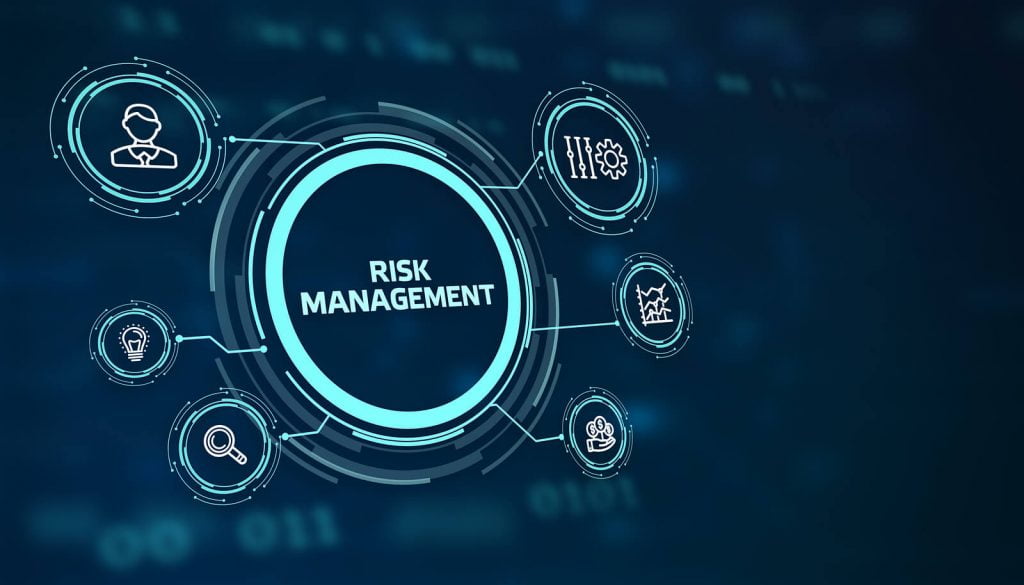Risk management is an essential process that helps any organization to identify, assess, and manage risks that may affect its operations, goals, and objectives. Risk management is an ongoing process that requires a systematic approach to identify potential risks and develop strategies to mitigate them. Risk management helps organizations to:
-
Identify Risks: Risk management helps organizations to identify potential risks that may affect their operations, including strategic, financial, operational, and compliance risks. By identifying potential risks, organizations can take proactive measures to prevent them from occurring or minimize their impact.
-
Evaluate Risks: Once risks are identified, organizations need to evaluate their likelihood and potential impact on the organization's operations and objectives. Risk evaluation helps organizations to prioritize their efforts and resources to manage risks that have the highest impact and likelihood.
-
Develop Risk Management Strategies: After evaluating risks, organizations need to develop risk management strategies to mitigate or eliminate them. Risk management strategies may include risk avoidance, risk reduction, risk transfer, or risk acceptance.
-
Implement Risk Management Plans: Once risk management strategies are developed, organizations need to implement them effectively. This may include implementing policies, procedures, and controls to manage risks, training employees, and monitoring risk management activities.
-
Monitor and Review: Risk management is an ongoing process, and organizations need to monitor and review their risk management activities regularly. This helps organizations to identify new risks or changes in existing risks and update their risk management strategies accordingly.
Effective risk management helps organizations to:
-
Reduce Losses: By identifying and managing potential risks, organizations can reduce the likelihood and impact of losses. This may include financial losses, damage to reputation, or legal liabilities.
-
Improve Decision-Making: Risk management helps organizations to make informed decisions by providing them with a better understanding of potential risks and their impact on operations and objectives.
-
Increase Efficiency: Risk management helps organizations to identify and eliminate inefficiencies in their operations that may increase the likelihood of risks occurring.
-
Enhance Stakeholder Confidence: Effective risk management helps organizations to demonstrate to stakeholders that they are taking proactive measures to manage risks and protect their interests.
In conclusion, risk management is a critical process that helps organizations to identify, assess, and manage risks that may affect their operations, goals, and objectives. Effective risk management helps organizations to reduce losses, improve decision-making, increase efficiency, and enhance stakeholder confidence. WiseLearner IT Services ( https://www.wiselearner.com/course/iso-31000-certified-risk-manager ) will be helping you to get all the knowledge and skills required for a professional Risk Manager.


